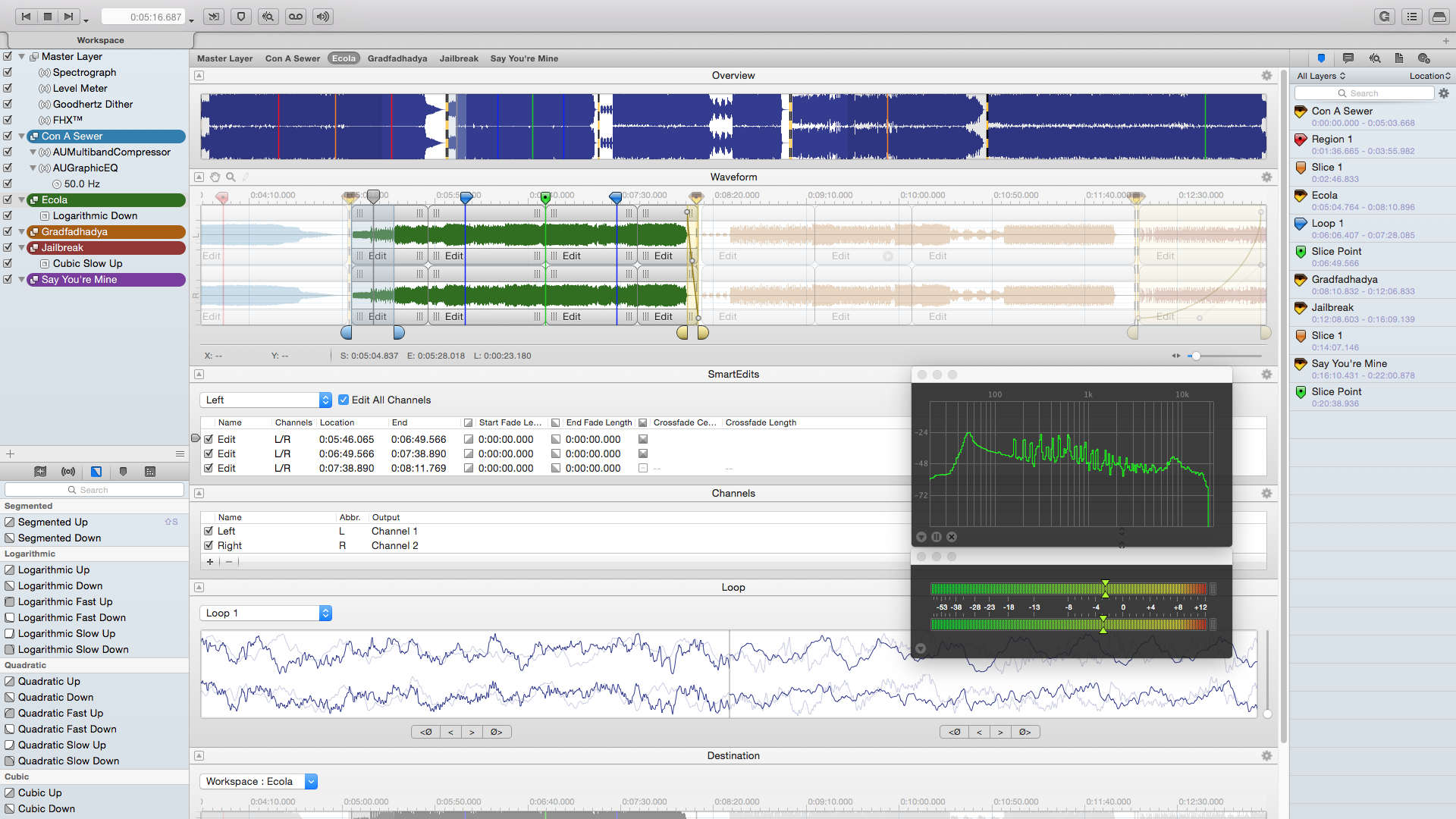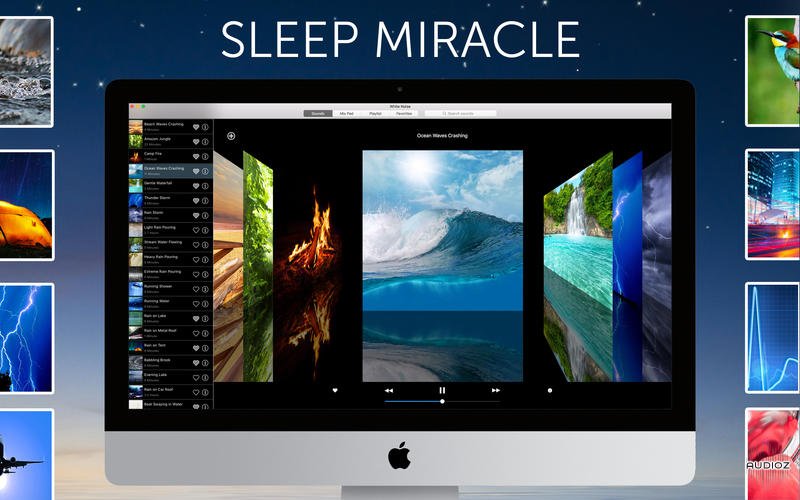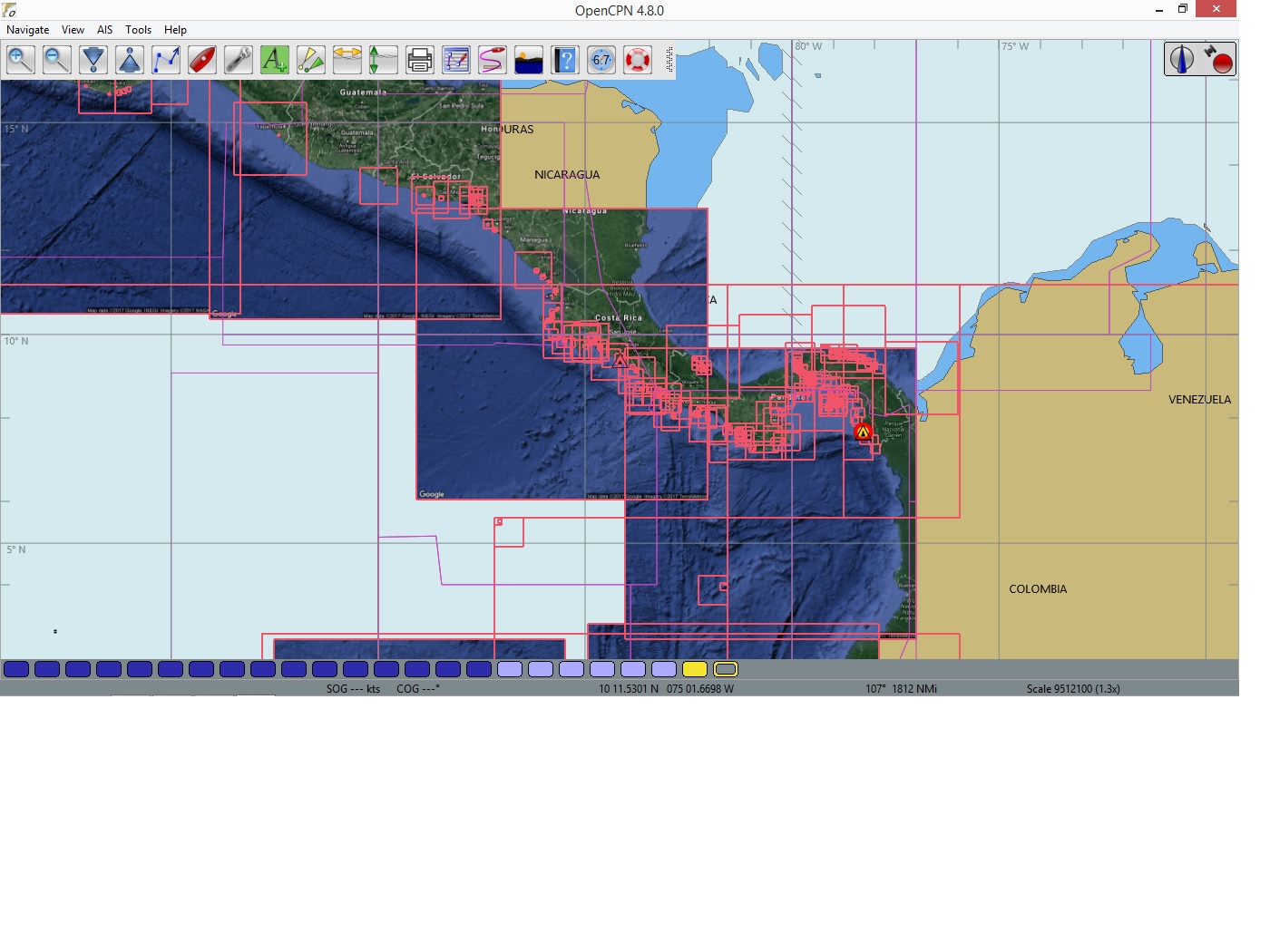Itriumph Mac Itriumph For Mac
ITriumph integrates your calendar, contacts, and journal in a single application to provide you with clarity. Not only will iTriumph help you manage current obligations and relationships, it will help you reflect and focus on the big picture. Transform your Mac into a full-fledged DJ system (was djay). Popular Topics.
Audiofile Engineering Triumph (Mac OS X) is a powerful audio application that offers a different take on the traditional stereo-editor paradigm. Billed by its developers as an “audio designer,” it can function as stereo editor, mastering and CD-authoring environment, or sound-design platform. Getting started with Triumph is challenging due to its non-standard structure.
When you open a new project, you start with an empty Workspace. A Workspace is like your canvas into which you import audio, and then edit it, manipulate it, add effects, and so forth. You can create multiple Workspaces and easily switch among them. One way to utilize this capability would be to make comparisons; for example, if you were mastering, you could compare limiter settings by duplicating the workspace with the original setting, changing the duplicate to the new setting, and then switching back and forth between them. It’s very flexible. You can also use multiple workspaces for source/destination editing by selecting sections of audio in one Workspace and having them copy automatically to another. KICKING YOUR ASSETS When you import audio into Triumph, either with the Import command or by dragging and dropping, the audio file shows up on the lower left in what’s called the Asset List, which is part of the Sources Sidebar (see Figure 1).

You then have a couple of options for getting the Assets from the Assets List into a Workspace. You can drag them in, or, when you have a group that you want laid out in a linear fashion in the timeline (as when you master an album), you can open the Actions List, which offers an array of macrolike actions and is another innovative feature. Here, you choose the Action called “Add Assets as Layers and Arrange.”.
Audio files that are moved to the Workspace become Layers, which show up in list form on the left side of the screen and as Waveforms in two different displays: the Waveform View and the Overview. The latter is a zoomed-out view of your project from start to finish, and the former is a timeline in which you actually cut, copy, paste, and manipulate audio. Layers can be placed end-to-end in the Waveform view or literally layered. If you drag Assets into the Workspace rather than using the “Add Assets as Layers and Arrange” action, they’ll end up on top of each other because by default, they get imported at the beginning of the timeline. To move the Layers around in the Waveform view, you must make a Layer active by clicking its name in the Layers List and dragging it to the desired location. BREAK Triumph’s layering capabilities provide a Photoshop-like workflow: Typically, you would use a multitrack DAW to layer sounds, but being able to do it in a stereo editor is quite handy. Each layer can have its own effects, which you drag in from the Effects List and order however you like.

Included is a small collection of Triumph effects such as dither (a new dither algorithm, Goodhertz Dither, was added in Version 2.5), a unique headphone-monitoring effect called FHX, a variety of meters, an MS Decoder and Encoder, and Polarity Reverse. It also supports Audio Units plug-ins installed on your computer. In addition, each Workspace features a Master Layer, which you can use for master effects. GET SMART Fig.
In the center of the screen you see SmartEdits in the Waveform View and also represented below in the SmartEdits List. As mentioned, when assets are imported into the Workspace and become Layers, they show up in the Waveform View. Unlike a traditional waveform editing interface, this display features waveforms encased inside a container called a SmartEdit (see Figure 2). Each time you Splice (split at the cursor) anywhere in the Layer, the new region you create is considered another SmartEdit.
Drag either edge of a SmartEdit to adjust its length or to add a linear fade. If you want other fade curves, you can choose them from a pop-up window accessible from the SmartEdit. You can drag SmartEdits around the timeline at will and they’ll show up in the SmartEdit list, where you can choose to edit only the left or right channel if desired. You can also numerically enter new start and end times and durations.
Triumph Macos Triumph For Mac

Add volume automation to a Smart Edit by dragging in a shape from the Shapes List, which offers 30 curve types that can be dragged into the Waveform View at the desired spot and manipulated with breakpoints. Effects in Layers can be automated by dragging shapes onto the Effects in the Workspace and opening a pop-up menu that lets you choose the effect parameter.
CHANGING SPEEDS Other notable features include the FHX effect and Varispeed control. Varispeed uses a very good-sounding algorithm, though I wish it was possible to automate it and that it offered the option to change speed without changing pitch. Because Triumph responds to MIDI, you can change the pitch of an audio file by playing a note on a connected MIDI keyboard.
MIDI notes can also be used to trigger slices. FHX is a psychoacoustic effect for headphone listening that adds spatial characteristics designed to increase realism and reduce fatigue. The image feels like it’s higher up in your head, and you can adjust parameters such as the virtual speaker angle, the amount of the FHX effect, and even switch to mono, swap channels, and reverse phase. ABLE LABELER A large list of Labels can be dragged into the waveform; many perform more complex functionality than just marking spots. Available Labels include Markers, Notes, Track start and end markers, index markers, loop markers, slices, and more: This label implementation is by far the best I’ve seen in any audio software. Triumph’s export options are very flexible; you can render your finished product in a wide variety of formats including WAV, AIFF, MP3, FLAC, Ogg Vorbis, and Sound Designer 1, among others. What’s really cool is that you can simultaneously render in multiple formats.
Unfortunately, a batch processor is not included; this would be really useful alongside the multiformat render feature. Triumph can, however, open audio files in multiple formats as Assets, and use them in a single Workspace without requiring conversion. Rendering directly to a SoundCloud or Dropbox account is supported, and the software even offers integration with Gobbler for storing your files to the cloud.
You can burn Red Book CDs directly from Triumph, and you can create DDP files for CD duplication. Entering track labels, ISRC numbers, album names, artist names, and other metadata is very easy to do. REAL LIFE I wouldn’t say Triumph is especially intuitive to use. It requires you to learn a new platform, and I found myself consulting the manual constantly as I worked. I used Triumph to master an album I was working on and found its options for processing audio, adjusting spaces, adding fades, and entering metadata to be extremely useful. Note that once Assets are added as Layers, whether manually or with the “Add Assets as Layers and Arrange” command, you will still need to add Track Labels before burning a CD.
Otherwise Triumph won’t know where one track ends and the next begins. Triumph lets you add Track Labels, either manually by dragging and dropping or by using the “Add Tracks at Layers” command, which does it automatically. I found Triumph to be handy in more standard stereo-editing situations, such as removing breaths and inadvertent words from a spokenword recording.
I also used it to experiment with combining and processing sounds in a sound-design context: Its layering capabilities set it apart from the competition. Triumph would be really great for designing sound effects, where layering is a huge part of the workflow. BREAK After using Triumph for a couple of months, I can see why Audiofile Engineering markets it as an “audio designer.” Triumph’s unique and flexible architecture provides the user with powerful options for manipulating audio that makes it an excellent environment for mastering, audio editing, sound design, and a variety of postproduction tasks. I applaud the developer for breaking the mold and coming up with a new and exciting workflow.
Overall, I was very impressed with the capabilities of Triumph 2.5.3. It provides a very enticing, powerful, and cost-effective alternative in the stereo editor market. STRENGTHS Unique workflow provides more options than typical stereo editors. Layer feature. Reasonably priced.
Work with multiple file formats in one project. Renders multiple formats at once. Powerful features for entering CD and audiofile metadata. Change pitch and trigger slices from an external MIDI controller.
LIMITATIONS Unintuitive structure. $79 QuickTip: How to Automate an Effect in Triumph When automating effects, you can easily select parameters from the drop down in the Automation menu. Here’s how you automate an effect in Triumph. Assuming you have some Layers created, drag an effect from the Effects List (one of the bottom-left choices) onto the Layer. Next, switch to the Shapes List (also on the bottom left) and drag a shape onto the effect.
